Car maintenance is always important, but it takes on an especially crucial role during a Canadian winter. You don’t want to be stranded on the side of the road when the mercury dips into freezing temperatures, when the sleet and snow start making an already precarious position on the shoulder downright dangerous due to a lack of visibility. If you see that check engine light come on, you need to know what to do about it immediately!
As we start getting into the cold months, check out these common reasons your check engine light might come on and what you can do about them.
Time for an oil change
This is one of the most common causes of a check engine light. Many modern vehicles are designed to remind the owner when it’s time to perform some standard maintenance. Unfortunately, if you don’t know that and take your vehicle to the shop to get it checked out, you could end up paying for a diagnostic you didn’t need.
The first thing you should do when the check engine light comes on is think about how long ago your last oil change/service was. If it’s been four months or so, that could very well be the cause. If it’s been less than that, check the mileage. The typical recommended three or four months between oil changes presumes a fairly average amount of road time. If you’ve been clocking up the kilometers with a long working commute, back and forth to cottage country on weekends, or long winding joy rides, you could be due for a change sooner than you think.
The gas station classic
Okay, THIS is actually the first thing you should check when your engine light comes on. Go to your gas cap, unscrew it, and tightly screw it back on. See if that does the trick.
The ol’ loose gas cap has been unnecessarily scaring motorists for decades now, but it still manages to get people. The fuel system is very important in your vehicle, and there are several different kinds of sensors that monitor it for problems. When a gas cap is loose (or lost on the roof of your car after a fill-up), that can trigger a sensor to report it as a problem with the fuel system.
Good news is, gas caps are cheap. If you lost one by accident or if your current one just isn’t sealing right, you can generally pick up a new one from anywhere between $10-$30.
Spark plugs that have lost their zap
A common reason your check engine light might come on is a problem with your spark plugs. Modern engines typically use multiple plugs so this can be a slightly tricky problem to track down. If you’re seeing the engine light and experiencing symptoms like engine misfires, difficulty accelerating, decreased fuel efficiency, or a rough idle, you could be looking at a problem with one or more of your plugs.
There is also the possibility that the problem isn’t with the plugs themselves, but with the wires that connects the plugs to the engine coil. While changing the plugs might be easy (on most cars) this end of things can get a little more tricky. If you’re not an experienced hand below the hood, it’s safer to have this problem fixed by a proper mechanic.
The O2 sensor is out
Every modern engine has what is called an O2 sensor in it. This device gauges the amount of unburnt oxygen in a car’s exhaust system and directs engine behavior based on those readings, regulating how much fuel enters the cylinders. If the sensor detects a real imbalance of oxygen, it will display as a check engine light.
Sadly, O2 sensors are also prone to malfunction. It can be difficult for a lay person to tell the difference between a real problem and a bad sensor (or that it has anything to do with the sensor at all). Don’t think “oh, it’s just a bad sensor, I can ignore it” either. A bad O2 sensor can actively damage other engine parts by regulating the engine based on faulty info, so ignoring it is the worst thing you can do.
If you’ve already checked the gas cap, your oil, and the spark plugs, bring your car into a shop for a proper inspection. If they tell you it’s the O2 sensor, you’re unfortunately looking at around $200-$300 depending on your vehicle. Not great news, but way better than some other problems and better than letting it ruin your catalytic converter or other parts on the car.
Battery issues
A dead battery is pretty easy to diagnose. If your car won’t start and no lights come on, it’s pretty clear what the issue is. But batteries aren’t exactly binary, they don’t just “work” or “not work.” Other issues like a low charge, an inefficient alternator, or loose connections can be harder to pin down – but they’ll often cause a check engine light.
“Why would it show a check engine light when the dash has a separate light for the battery?” Good question. It all depends on the type of issue being detected and the type of vehicle you drive. While it seems silly, a surprising number of battery issues will trigger the check engine light instead of the battery light (or both)!
Thankfully, checking the charge of your battery is something you can do yourself with a small easily purchasable device you can find at any major chain that carries automotive supplies, or by taking your vehicle into a garage. It’s such an easy test that many chain garages will do it for free. If you find out it isn’t storing a charge like it should, the next step should be determining why with the help of a mechanic. It could just be a faulty battery that needs to be replaced, or a problem with the alternator. Either way, you’ll want it fixed before a dead battery leaves you stranded in a parking lot during the holiday rush.
Odds and ends
Every make and model of car is different, so always consult your owner’s manual if you’re having trouble tracking down a problem. If you’ve checked all the common issues that cause an engine light but still can’t seem to find a culprit, it might be something more obscure or specific to that type of vehicle.
Did you change your headlights recently? Some vehicles can detect a faulty headlamp and warn the driver with the check engine light. However, if you replaced your headlights with an aftermarket brand or different type, your car might not recognize them properly and mistakenly report them as out.
Or did you recently buff up your car’s security system? Things like after market car alarms and remote ignition packages have been known to cause issues with the check engine light in some vehicles. Any kind of modification that ties into an existing system but might not be recognized by your vehicles internal diagnostic tools could trigger the check engine light.





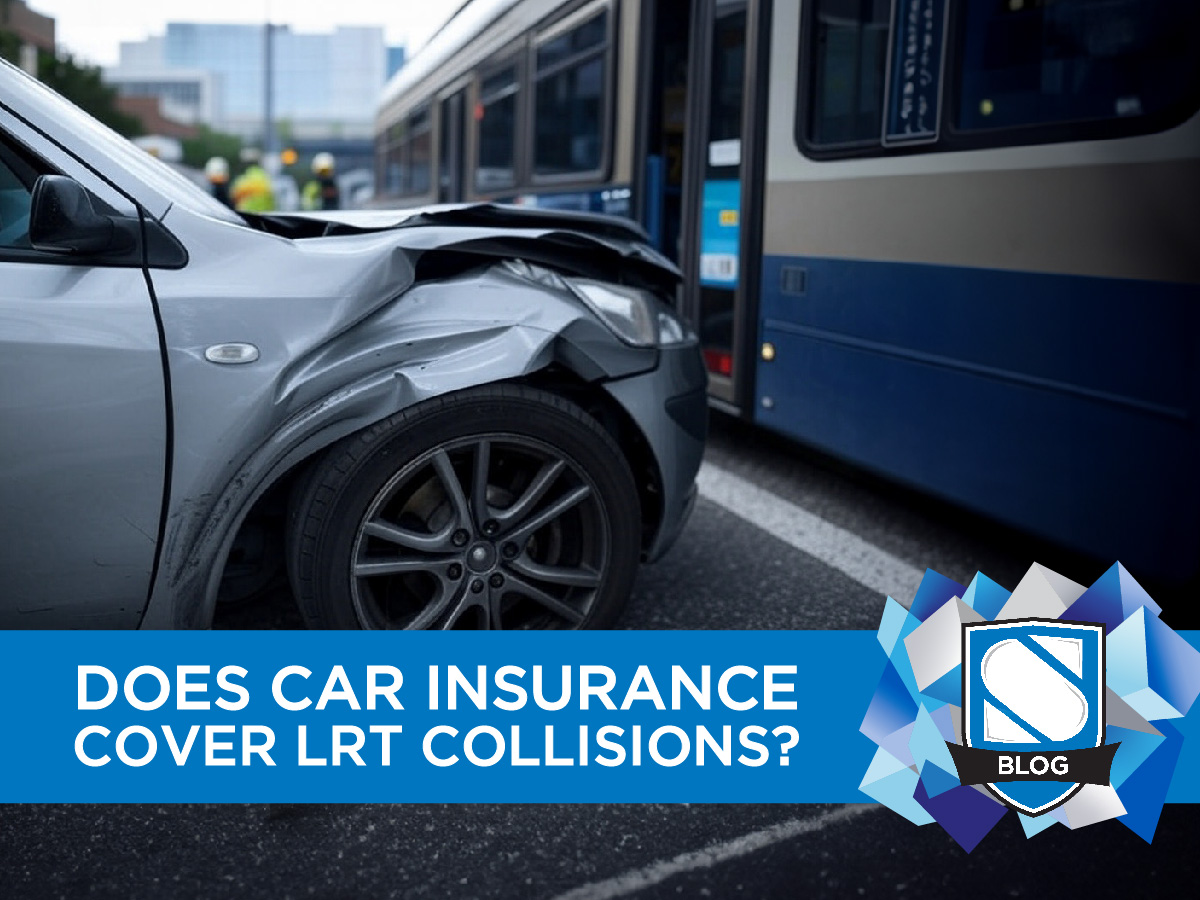

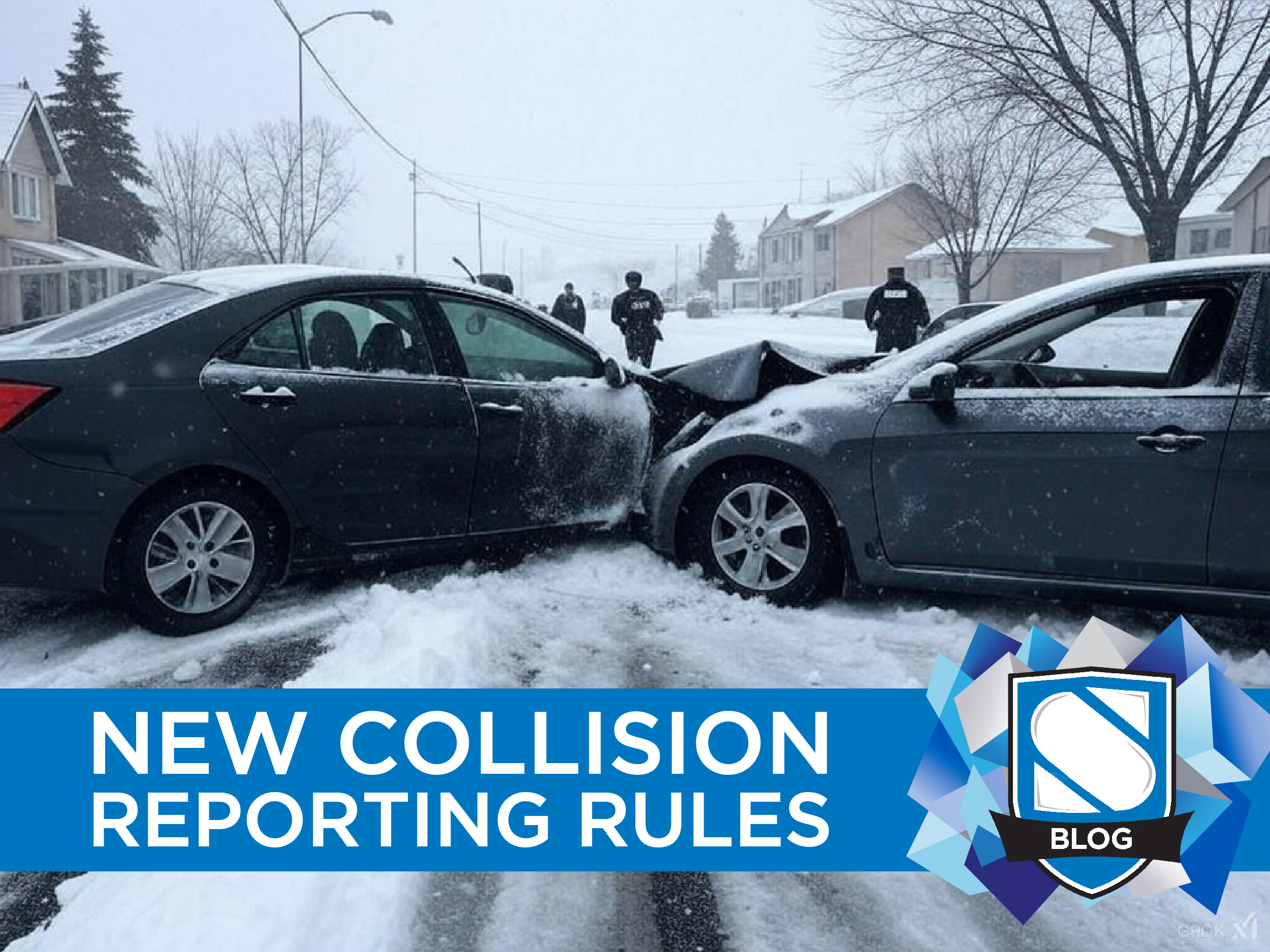


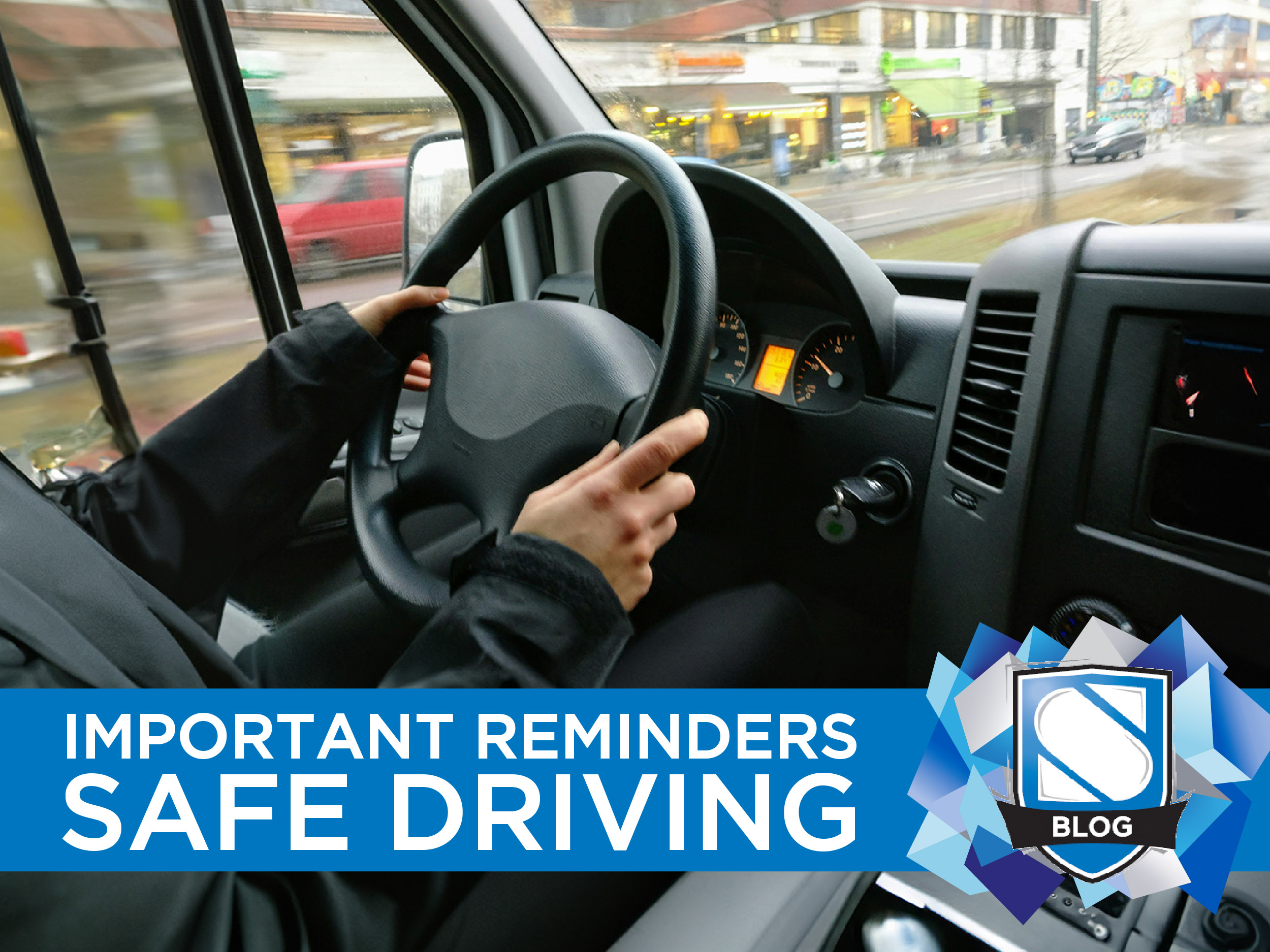

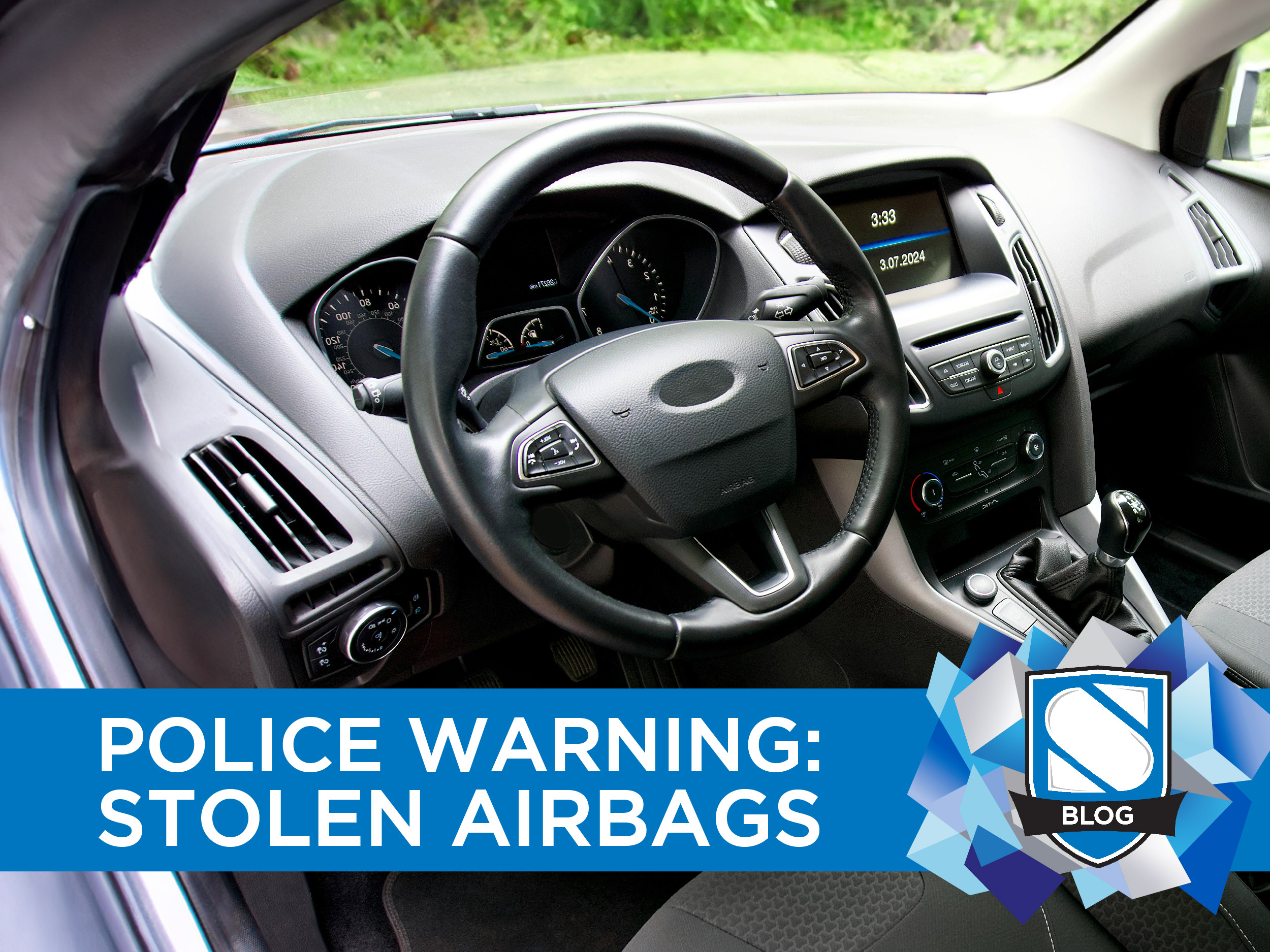
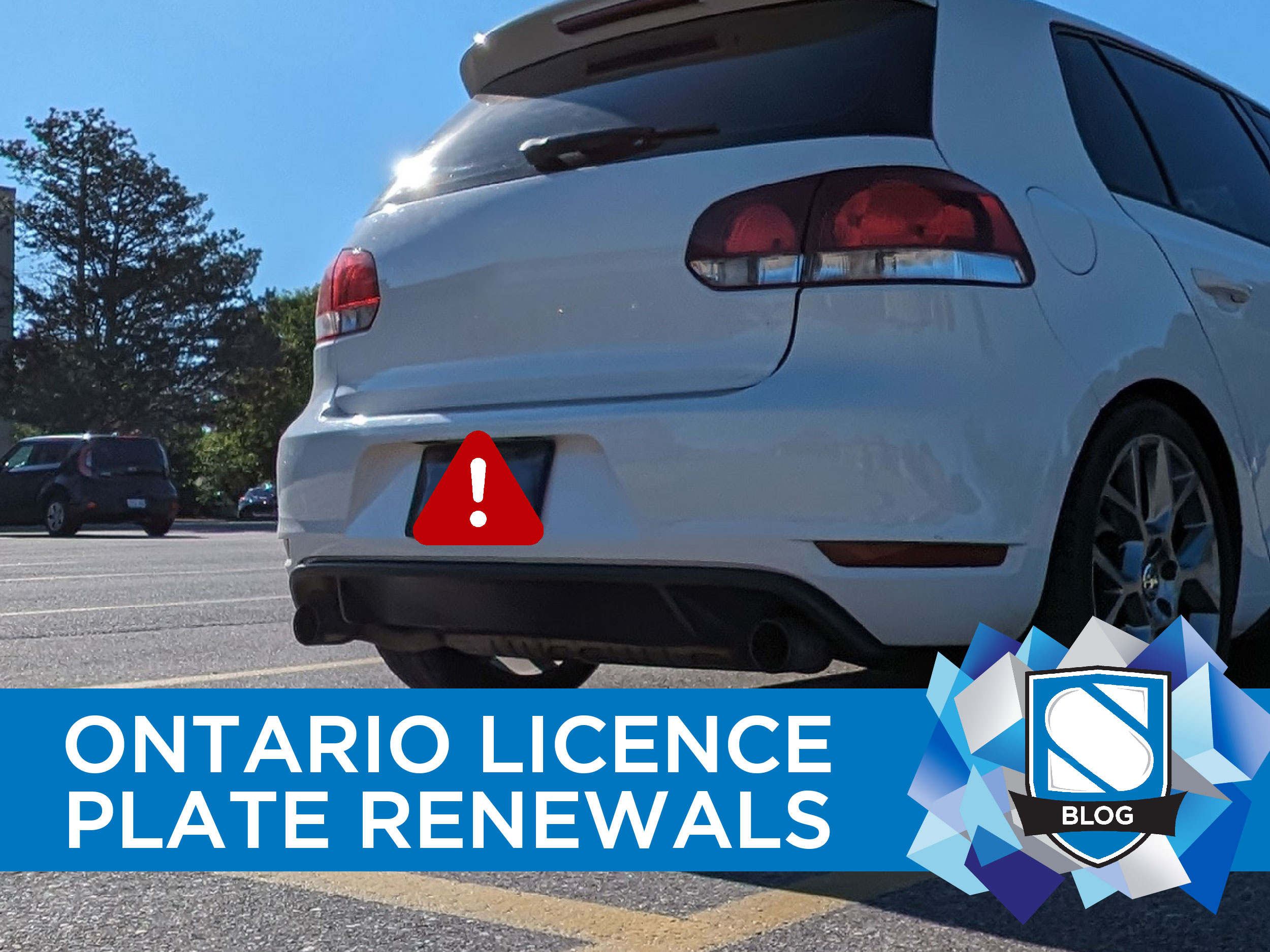
0 Comments